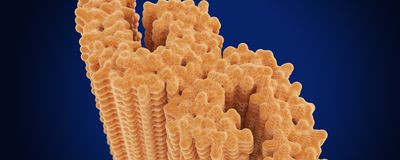nanoparticle

Stay on Target: Overcoming Challenges in Precision Drug Delivery
The Scientist and Taconic | Oct 24, 2024 | 1 min read
Explore how on-target precision therapies improve patient outcomes and drug tolerability.
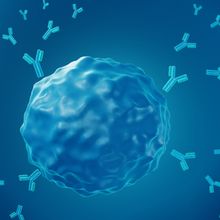
Autoimmune Diseases: An Alternative Application for Immunotherapy
The Scientist | Aug 23, 2024 | 1 min read
Learn how immunotherapy is revolutionizing autoimmune disorder treatment.
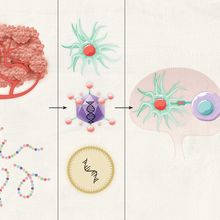
Infographic: Vaccinating Against Tumors
Shelby Bradford, PhD | Mar 15, 2024 | 1 min read
Cancer vaccines offer the opportunity to use the patient’s own immune system in the fight against tumors.
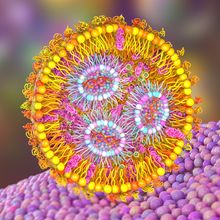
Which Gene Therapy Delivery Vector Will Emerge Victorious?
Danielle Gerhard, PhD | Oct 2, 2023 | 2 min read
In the race to deliver successful gene therapies, frontrunner AAVs come head to head with underdog lipid nanoparticles.
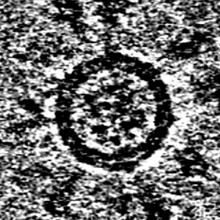
New Technology Improves SARS-CoV-2 mRNA Vaccine-Induced Immune Responses
Elina Kadriu | May 30, 2023 | 3 min read
mRNA-encoded self-assembling enveloped virus-like particles presenting SARS-CoV-2 spike protein enhance immunity and may provide better protection against viral variants.
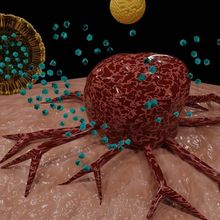
Researchers Develop a CRISPR-Based Therapy That Penetrates Solid Tumors
Jennifer Zieba, PhD | Oct 10, 2022 | 3 min read
By packaging lipid nanoparticles with elements that decrease the fibrous nature of solid tumors, researchers can deliver CRISPR therapies in a more efficient manner.

Go with the Flow: Adapting Lateral Flow Assays for Nucleic Acid Detection
The Scientist and nanoComposix | Sep 6, 2022 | 1 min read
Scientists incorporate sensitive nanoparticles to rapidly detect DNA and RNA.
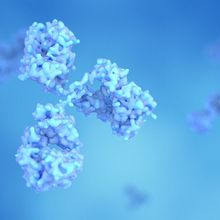
Shining a Light on Mass Photometry
The Scientist and Refeyn | Aug 9, 2022 | 3 min read
Mass photometry is an interferometric scattering-based technique offering researchers unprecedented characterization of biomolecular complexes and oligomerization in physiologically-relevant situations.
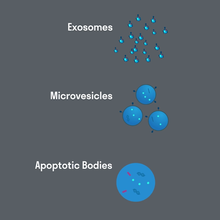
Extracellular Vesicles: Applications and Potential
Beckman Coulter Life Sciences | May 13, 2022 | 1 min read
Explore why extracellular vesicles are attractive candidates for new therapeutic approaches.
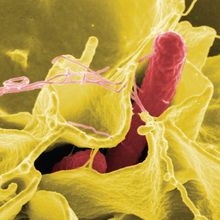
Modified Salmonella Revs Immune Response, Combats Tumors in Mice
Natalia Mesa, PhD | Feb 3, 2022 | 5 min read
When coated with positively charged particles, the bacteria shuttled antigens out of tumors and activated the immune system, a study finds.
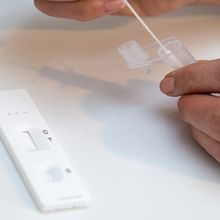
Choosing the Right Nanoparticle Probe for SARS-CoV-2 Lateral Flow Assays
nanoComposix | Jan 19, 2022 | 1 min read
Performance-based pros and cons of common nanoparticle probes
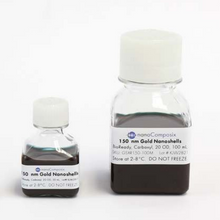
Getting More Lateral Flow Test Sensitivity with Nanoshell Probes
The Scientist and nanoComposix | Jan 19, 2022 | 3 min read
Silica-gold nanoshells highlight how good probe design can boost assay performance.
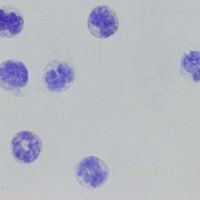
Microscopic Robots Deliver Drugs to the Brain
Asher Jones | Mar 30, 2021 | 5 min read
Researchers turned white blood cells called neutrophils into drug-smuggling “neutrobots,” which penetrated the blood-brain barrier to treat brain cancer in mice.
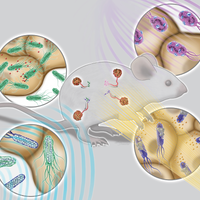
Infographic: Building Bacteria to Fight Cancer
Simone Schuerle and Tal Danino | Apr 1, 2020 | 3 min read
Researchers are engineering microbes to deliver therapeutics specifically to tumors, maximizing the treatments’ efficacy while minimizing side effects.
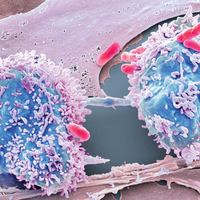
Bacteria as Living Microrobots to Fight Cancer
Simone Schuerle and Tal Danino | Apr 1, 2020 | 10+ min read
Autonomous, living microrobots that seek and destroy cancer are not as futuristic as one might imagine, thanks to a fusion of robotics and synthetic biology.

Air Pollution Tied to Brain Cancer: Study
Emily Makowski | Nov 13, 2019 | 2 min read
Inhaling combustion-produced particles may lead to the development of brain tumors.

Light-Activated Nanodevices Control Cells
Ruth Williams | Sep 1, 2019 | 3 min read
DNA-coated gold nanorods enable cells to be activated by light without genetic manipulation.
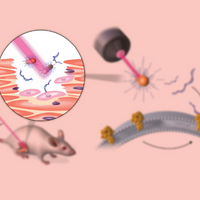
Infographic: Optogenetics Without Genetic Engineering
Ruth Williams | Sep 1, 2019 | 1 min read
DNA-loaded nanoparticles that respond to infrared light provide an alternative way to control cell behavior.
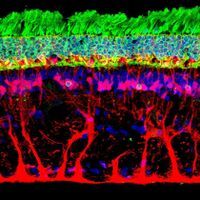
Nanoparticles Let Mice See Near Infrared Light
Abby Olena, PhD | Feb 28, 2019 | 4 min read
Researchers injected the retinas of mice with nanoparticles that bound to photoreceptors and converted near-infrared light to green light that the animals could see.
